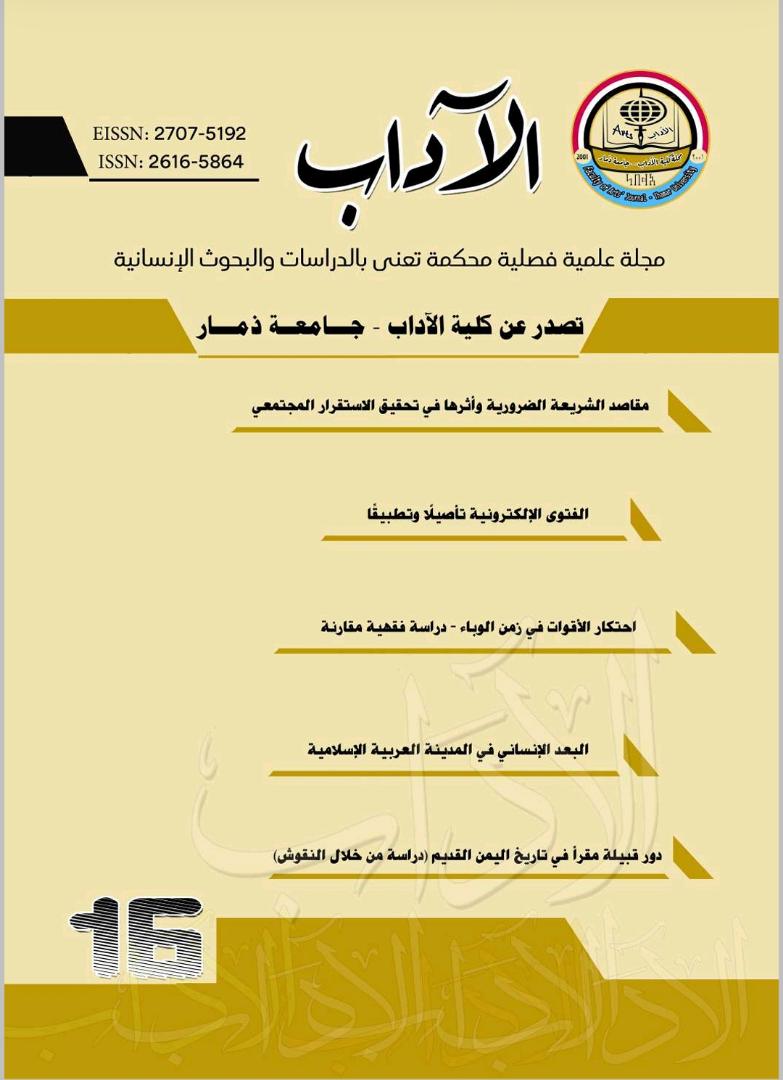Rules of Al-‘Umoom (Generality), Al-Khusus (Specificity), Al-Etlaq (Absoluteness), and Al-Taqyeed (Restriction) and their Impact on Al-Nawazel (Jurisprudence of New Matters) of Charity Work
DOI:
https://doi.org/10.35696/.v1i16.670Keywords:
Al-‘Umuoom (Generality) & Al-Khusus (Specificity), Al-Etlaq (Absoluteness), Al-Taqyeed (Restriction), Al-Nawazel (Jurisprudence of New Matters), charitable workAbstract
The present study entitled "Rules of Al-‘Umoom (Generality), Al-Khusus (Specificity), Al-Etlaq (Absoluteness), and Al-Taqyeed (Restriction) and their Impact on Al-Nawazel (Jurisprudence of New Matters) of Charity Work, seeks to highlight the most fundamental fiqh rules by which rulings related to charity work are regulated. Such rulings clearly indicate the considerable significance and accuracy of these rules in Islamic Shari'ah (law). To achieve this purpose, the study links these fundamental fiqh rules to charity work, particularly those related to the continuous Nawazel (new matters) of charity work. This aims at ensuring the issuance of jurisprudence regulating new issues in line with the established foundations of fiqh rulings. Subsequently, charitable work can be carried out in a way that serves’ the public’s intention and purpose of the public.Downloads
Download data is not yet available.
Downloads
Published
2020-09-01
How to Cite
Al-Jabri, A. F. A. (2020). Rules of Al-‘Umoom (Generality), Al-Khusus (Specificity), Al-Etlaq (Absoluteness), and Al-Taqyeed (Restriction) and their Impact on Al-Nawazel (Jurisprudence of New Matters) of Charity Work. Journal of Arts, 1(16), 311–51. https://doi.org/10.35696/.v1i16.670
Issue
Section
1
License
Copyright (c) 2021 أريج بنت فهد عابد الجابري (مؤلف)

This work is licensed under a Creative Commons Attribution 4.0 International License.
Copyright and Licensing
For all articles published in journal, copyright is retained by the authors. Articles are licensed under an open access Creative Commons CC BY 4.0 license, meaning that anyone may download and read the paper for free. In addition, the article may be reused and quoted provided that the original published version is cited. These conditions allow for maximum use and exposure of the work.



